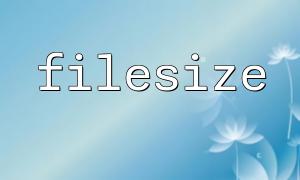In web applications, email sending functionality is often used for user registration validation, automated notifications, and other tasks. PHP, being an efficient and widely-used scripting language, provides multiple ways to send emails. In this article, we will walk you through simple code examples to help you learn how to send emails in PHP.
PHP provides the built-in mail() function, which makes it easy for developers to send emails. The flexibility of PHP and the widespread support for PHP environments on most servers make it an ideal choice for email sending. Whether you're sending notifications, feedback, or validation emails, PHP is an efficient solution.
To ensure that email sending works smoothly, you'll need to configure your server environment. Typically, the following two steps are required:
The PHP built-in mail() function is suitable for simple email sending tasks. Here is a basic example:
PHPMailer is a powerful library that offers more flexibility than the mail() function, especially with SMTP support and HTML email capabilities. Below are the steps for using PHPMailer to send emails:
You can install PHPMailer via Composer. Run the following command:
Here is an example of sending an email using PHPMailer:
In this tutorial, you have learned how to send emails using PHP. Whether using the built-in mail() function or the more advanced PHPMailer library, both options can meet your needs. Ensure that you configure the correct mail service and server settings to improve the success rate of email sending. If you encounter any issues, you can refer to relevant documentation or seek help from the community.









